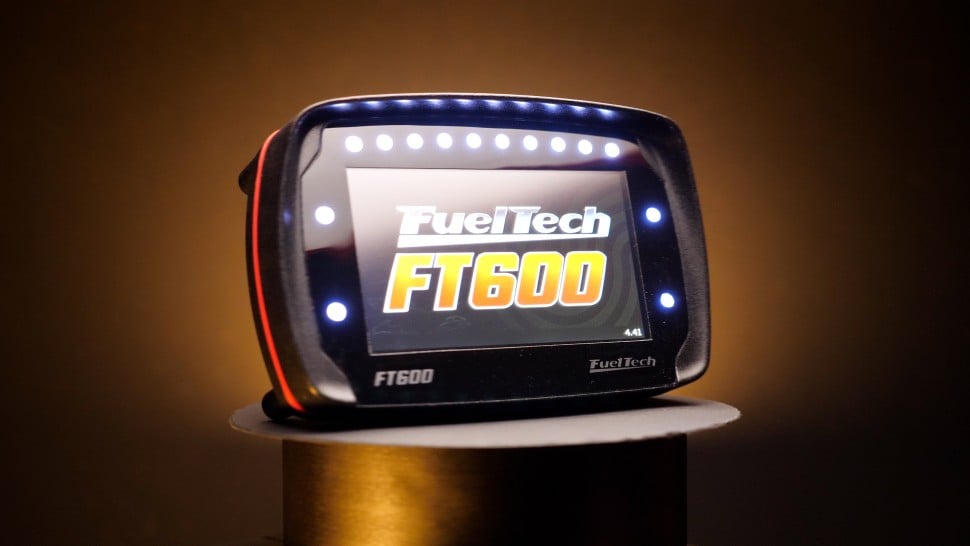| 00:00 |
Arming threshold is a setting in the ECU that's specific to reluctor sensors.
|
| 00:05 |
It's important to understand what it does and how it works as occasionally we may need to adjust this table.
|
| 00:12 |
A reluctor pickup inherently has quite a lot of background noise, but that doesn't present a big problem because the background noise is quite low relative to the size of the signal.
|
| 00:23 |
Both the signal amplitude and that of the noise will increase with engine rpm though so the ECU needs a way of ignoring the noise and only concentrating on the signal.
|
| 00:33 |
This is done with the arming threshold table which is a 2D table of arming voltage versus rpm.
|
| 00:41 |
Basically, the ECU waits until it sees the voltage on the trigger input rise above the arming threshold.
|
| 00:47 |
At this point the trigger input is armed and ready.
|
| 00:51 |
When the voltage drops back through zero volts, this is the point where the ECU triggers.
|
| 00:56 |
Now if the arming threshold is set too high, the trigger input may never reach it, hence the ECU will ignore all trigger inputs.
|
| 01:05 |
This is especially an issue at low rpm where the trigger amplitude may be quite low.
|
| 01:11 |
On the other hand if the arming threshold is set too low, background noise may be enough to make the ECU arm resulting in an erratic rpm signal.
|
| 01:20 |
The rule is to set the arming threshold at one third of the peak signal voltage at each rpm point in the arming table.
|
| 01:28 |
This is pretty difficult without the aid of an oscilloscope so you can actually measure the signal though.
|
| 01:34 |
Generally the default arming threshold will be fine for most stock engines, but occasionally you may need to adjust the table.
|
| 01:42 |
Without a scope you're not going to know if the table needs to be increased or decreased, so you're going to need to try both options and see which works to remove your triggering issues.
|
| 01:54 |
Generally if the arming threshold is too low, the ECU will receive too many trigger events and this produces an erratic rpm trace.
|
| 02:02 |
You can often see this in data logs where the rpm is reaching unrealistic peaks of perhaps 20,000 rpm in an instant.
|
| 02:10 |
If the arming threshold is too high, the ECU won't see any rpm at all.
|
| 02:16 |
A tip here is to start with arming threshold of around point three to point five volts at zero rpm and increase this smoothly to around four volts at 7,000 rpm.
|
| 02:27 |
If you need to make adjustments, I suggest making them in zero point five volt increments, and generally you shouldn't need to increase your maximum voltage above about five volts.
|





